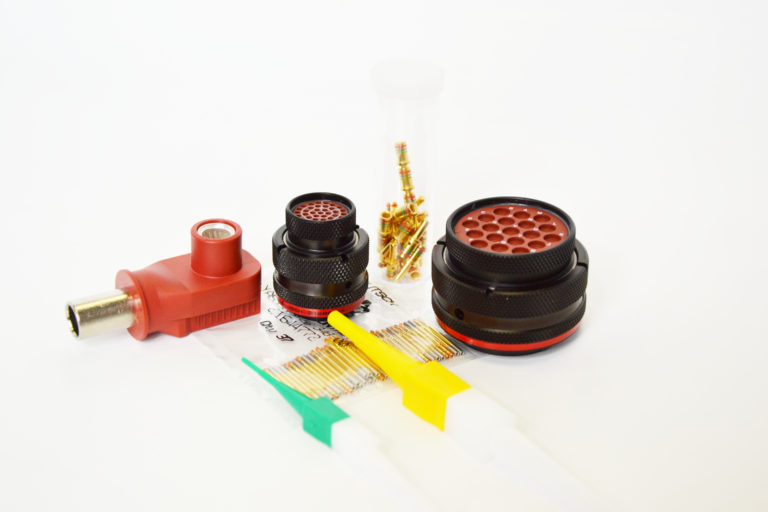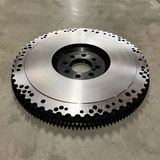Connectors - Information

Information about connectors used in nearly all types of electrical installations in a car to easily disconnect and reconnect components. A connector is essentially a separable joint.
- What is a Connector
- Different Types of Connectors
- Choosing a Connector
- Assembling Connectors
- The Different Parts
- Problems
- Compare Connectors
1 ▼
What is a Connector
A connector is used when you want to connect electronic components in a neat and safe manner.
A connector is usually more convenient and, above all, safer to use compared to terminal lugs and similar electrical accessories. There are many reasons for this, but primarily it is safer to avoid short circuits and corrosion, and it is easy to connect and disconnect during disassembly and maintenance.
For a connector to function properly, the terminals must make contact with each other correctly to allow the signal to pass through the connector. This places demands on the installation.
2 ▼
Different Types of Connectors
There are various types of connectors, primarily based on size (number of pins) and area of use. There are numerous manufacturers that produce all sizes and types.
The main categories are always Male and Female, meaning the two parts needed to connect two cables with connectors.
- Male connector = Socket = Male
- Female connector = Pin connector = Female
Some manufacturers of connectors include Bosch, Delphi, and Deutsch, for example.
3 ▼
Choosing a Connector
Number of Pins
When choosing a connector, the most important factor is to ensure you have enough pins for the intended purpose. For example, if you are connecting a sensor with two pins, you will need a 2-pin socket.
Type of Connector
Depending on whether the connector will be in a dry protected environment or a humid and exposed environment, there are different types that can withstand the conditions.
4 ▼
Assembling Connectors
When using connectors, it is important to ensure that you use the correct crimping tool for sockets and pins and to properly secure them so that they are firmly in place. Additionally, any seals should fit tightly against the pins/sockets and connectors.
When using multi-pin connectors, it is very important that the correct pin meets the correct pin in the other connector to avoid short circuits. For example, pin 1 in the socket should connect to pin 1 in the connector.
5 ▼
The Different Parts
- Wiring
- Connector Housing
- Pins / Sockets
- Seals
- Cable Protection
- Locking Mechanism
6 ▼
Problems
Problems that can occur with connectors include pins/sockets not transmitting the signal due to corrosion, cable breaks, or poor installation. Therefore, be sure to check your connector, wiring, and any fuses to identify the issue.
A loose connector can cause more problems than it solves.
▼
▼
-
Engine management / Electric
- Engine control system: The various parts available
- Ignition System Information
- Install motor control
- Pressure sensor - Information
- Temperature sensor - Information
- Buttons - Switches - Information
- Connectors - Information
- Cooling fan car - Information
- Exhaust gas temperature sensor - EGT Sensor
- Lambda sensor - Wide band lambda
- Relay - Information
- Relay box - Fuse central
- CAN protocol - Canbus
- Ethanol sensor - Information
- Gauges and Dash
- Trigger sensor information
- Dimensioning of cable [and fuse size]
- Distributor Problems (And Solution)
- How does an Ignition Coil work?











































